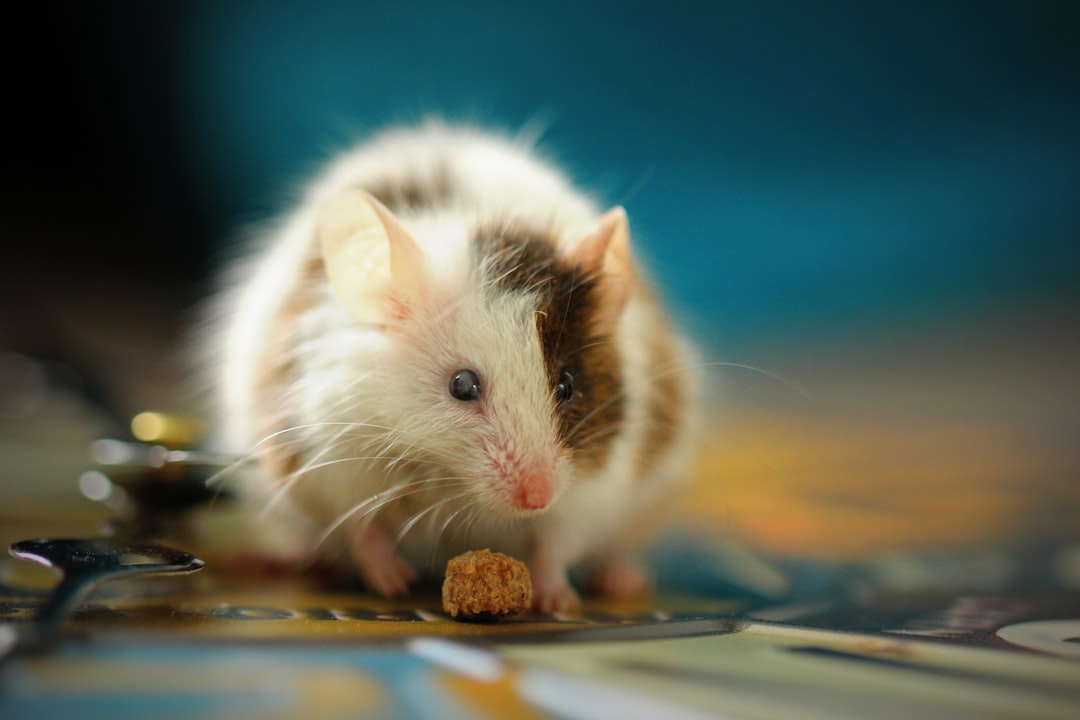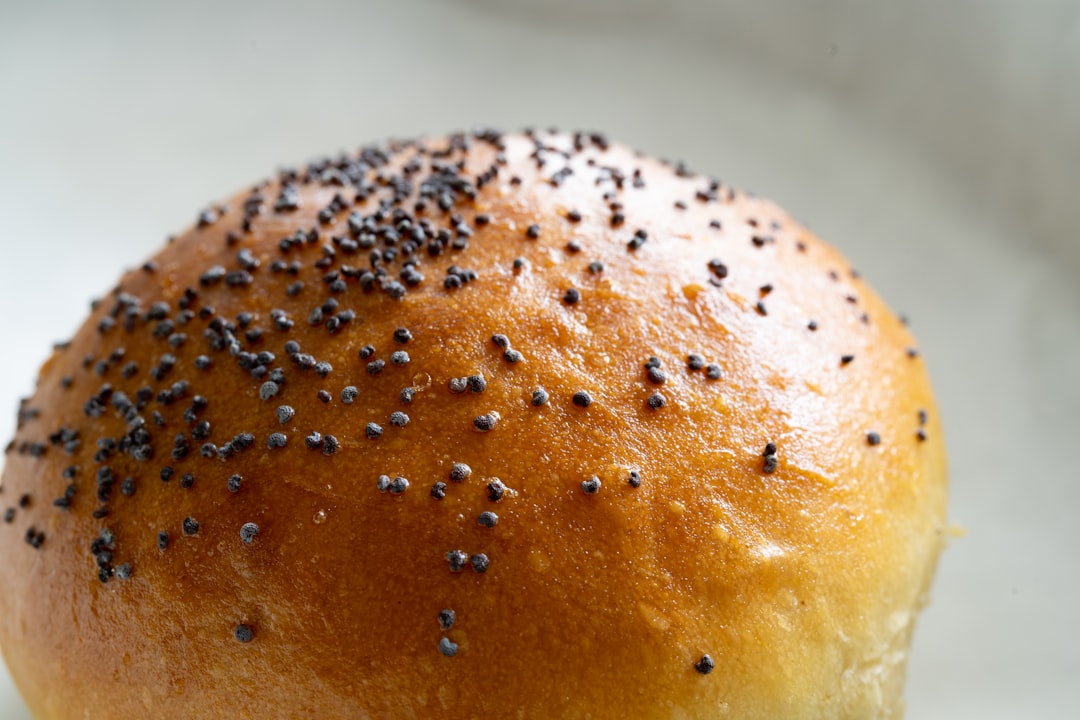What is it about?
Scraped surface heat exchanger (SSHE) is used in industry for the manufacturing of many foodstuff and these foodstuff behave as non Newtonian material. So in this work we have mathematically modeled flow inside scraped surface heat exchanger by taking second grade fluid. In the SSHE, the gaps between the blades and device wall are narrow so lubrication approximations theory (LAT) can be used to study the various flow properties. Steady incompressible isothermal flow of a second grade fluid is considered about a sequence of pivoted scraper blades in a channel in which lower wall is moving and upper wall is stationary. Flow properties, namely velocities, stream functions, flow rates, expressions for pressure, the forces on the blades and walls in different stations of device are investigated. Graphic representation of different flow parameters involved is also incorporated.
Featured Image
Why is it important?
SSHEs are used in the food industry for the preparation of foodstuff to cook, chill or sterilize the various foodstuffs quickly and efficiently. SSHEs are manufactured for extremely viscous foodstuff such as purees, sauces, margarines, james, spread, soups, baby-food, chocolates, mayonnaise, caramel, fudge, ice-cream, and yoghurt etc. Foodstuff are non-Newtonian in nature as they possess shear thickening, thinning viscoelastic and visco plastic so it is more realistic to study flow inside SSHE by non-Newtonian fluid model. This study provides fruitful insight to study the flow inside SSHE considering the non-Newtonian nature of foodstuff.
Perspectives
In this work we have developed a mathematical second grade fluid flow in SSHE. LAT is applied as in the case of SSHE the aspect ratio and Reynold number is very small. The foodstuffs normally acts as non-Newtonian in nature having shear-thinning, shear-thickening effects. So it is more realistic to take non-Newtonian model. We studied the flow of a second grade fluid about a periodic arrangement of pivoted scraper blade in a channel in which lower boundary is moving and upper wall is stationary, when pressure gradient is taken in a direction perpendicular to the wall motion. In this work we have found details of the flow properties with no slip condition. We got velocity profiles for different regions inside SSHE, flow rates, stream functions, and forces on the wall and on the blade. We incorporated graphical representation for velocity profile and for various important flow parameter involved. This work will be helpful in quantitative understanding of some fundamental aspects of the fluid flow inside SSHE specially considering non-Newtonian behaviour of foodstuff and gives a basis for further investigations of more complicated physical characteristics.
Dr. Ali Imran
COMSATS Institute of Information Technology
Read the Original
This page is a summary of: Flow of Second Grade Fluid in a Scraped Surface Heat Exchanger, Journal of Food Process Engineering, June 2016, Wiley,
DOI: 10.1111/jfpe.12393.
You can read the full text:
Contributors
The following have contributed to this page










